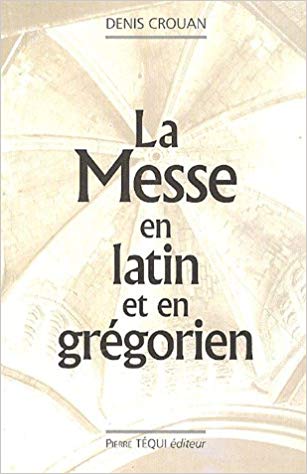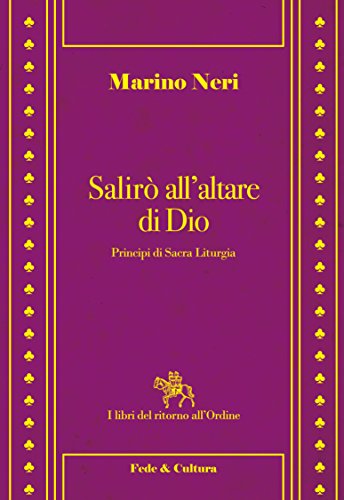de Denis Crouan
Le concile Vatican II n’a jamais interdit ou limité l’usage du latin et du chant grégorien. La dernière édition du Missel romain rappelle d’ailleurs, en son article 41, qu'”il est nécessaire que les fidèles sachent chanter ensemble, en latin […] au moins quelques parties de l’Ordinaire de la messe […]”. C’est le minimum demandé. Aujourd’hui, des signes encourageants conduisent à penser que la Constitution Sacrosanctum Concilium devrait pouvoir enfin être totalement et fidèlement appliquée: les récents documents de la Congrégation pour le Culte divin ainsi que les enseignements du pape Benoît XVI vont dans le sens d’un mouvement en faveur de l’expression de la liturgie rénovée qui soit véritablement conforme à “l’ancienne norme des Pères”, tant pour ce qui concerne la dignité des actions rituelles que pour ce qui touche à la qualité du chant sacré. Ce désir d’une “réforme de la réforme liturgique” – selon l’expression du Cardinal Ratzinger – est encore accentué par le fait que, lors du dernier synode sur l’Eucharistie, des évêques du monde entier ont souhaité que, pour mieux exprimer l’unité et l’universalité de l’Eglise au cours des rencontres internationales, la messe soit célébrée en latin et accompagnée de chants grégoriens; ils ont en outre demandé “que les prêtres se préparent dès le séminaire, à comprendre et valoriser la messe en latin par l’utilisation de prières latines et du chant grégorien, et à ne pas abandonner la possibilité d’éduquer les fidèles dans ce sens.” (proposition 36). Le présent ouvrage va dans le sens de ces orientations en dépassant les débats stériles qui se sont élevés au cours de l’immédiat après-concile et qui ont divisé bien des fidèles. Il s’agit maintenant d’aborder en toute liberté la question du statut liturgique de la langue latine et du chant grégorien, dans une totale fidélité à l’enseignement de Vatican II.






